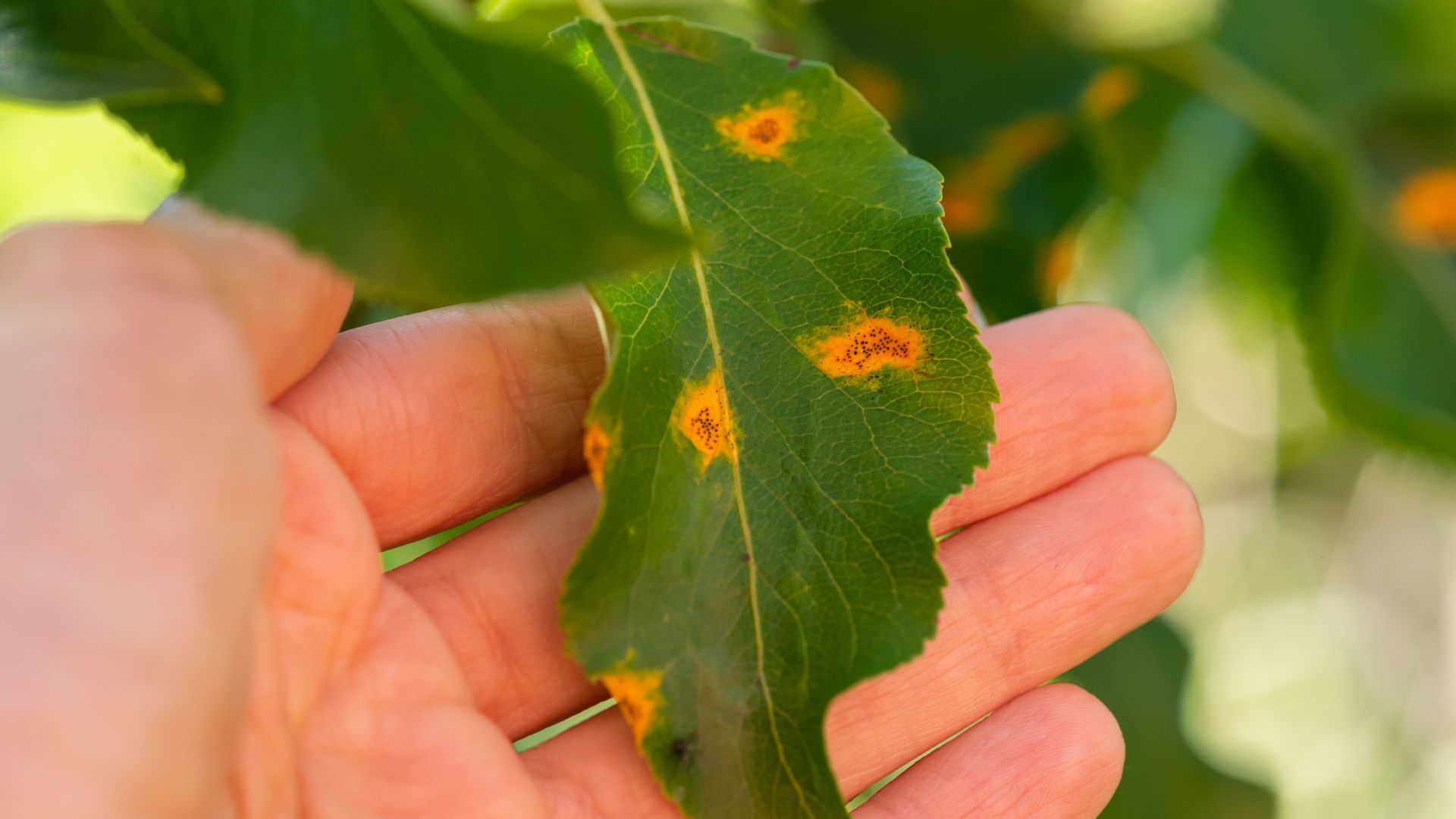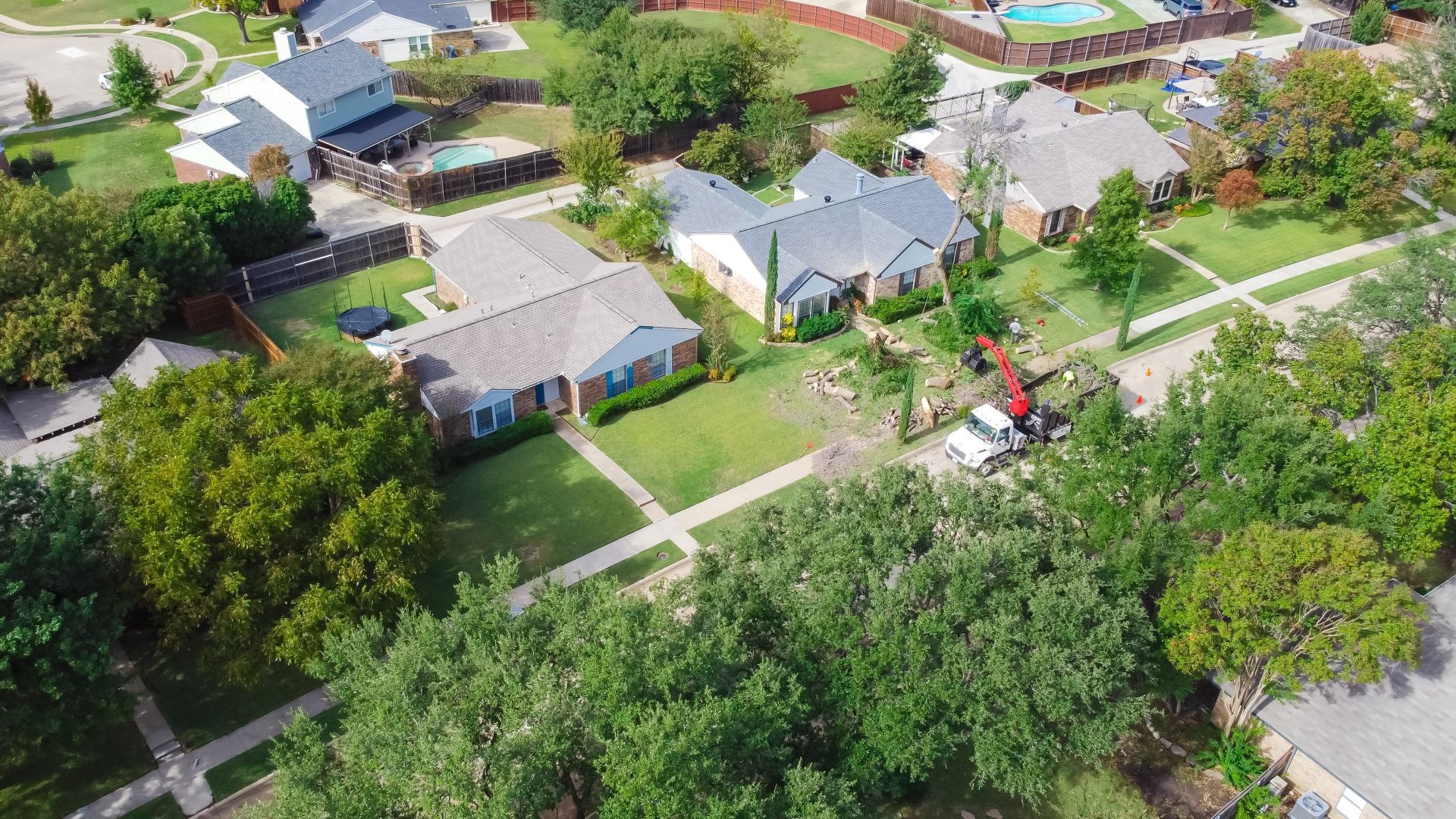Understanding Tree Root Systems: Best Practices for Growth and Stability
Understanding tree root systems is crucial for anyone looking to ensure the health and stability of their trees. At
Forester Tree Care, we believe knowledge is power, and helping our customers understand the best practices for nurturing great root growth is part of our mission. This blog will explore the fundamentals of tree root systems and provide actionable tips to promote optimal tree stability and growth.
Tree root systems play a vital role in the overall health of a tree. They not only anchor the tree into the ground, providing essential stability, but also absorb water and nutrients necessary for growth. Root systems can be broadly categorized into two types: taproots and fibrous roots. Taproots grow deep into the soil, seeking out water reserves, while fibrous roots spread out near the soil surface, covering a broader area to absorb nutrients efficiently.
The first step in promoting healthy tree root growth is understanding the soil composition. Roots thrive in well-aerated and well-drained soils. Compacted, poorly-draining soil can suffocate roots, leading to poor growth and potential tree instability. It is important to ensure your soil has sufficient organic matter, improving its texture and nutrient content. Regularly testing your soil can help you identify deficiencies and correct them, creating a more conducive environment for root development.
Watering practices also significantly impact root development. Adequate and deep watering encourages roots to grow deeper into the soil, establishing a more robust and stable system. It is advisable to water trees deeply but less frequently, allowing the soil to dry out slightly between irrigation sessions. This pattern mimics natural rainfall and prevents waterlogging, thus promoting healthier root growth.
Incorporating a layer of organic mulch around the base of the tree is a simple yet effective practice for enhancing root systems. Mulching helps retain soil moisture, reduces temperature fluctuations, and adds organic matter to the soil as it decomposes. Aim for a mulch layer approximately 2-4 inches deep, spreading it evenly, while keeping it away from the tree trunk to prevent rot and pests.
Pruning and tree care techniques also play a crucial role in root system health. By regularly removing dead or diseased branches, you can reduce stress on the tree, allowing it to direct more energy towards root development. Proper pruning promotes a balance between the canopy and root system, enhancing overall tree stability.
Moreover, it is essential to avoid damaging roots during landscaping or construction activities. Tree roots can extend beyond the canopy and are easily susceptible to damage when heavy machinery compacts soil or excavation cuts through root zones. Marking tree protection zones before construction starts can safeguard these vital parts of your tree.
In conclusion, understanding and nurturing tree root systems are key to ensuring the long-term health and stability of your trees. By focusing on soil quality, watering practices, mulching, and regular tree maintenance, you can create an environment where trees thrive. At Forester Tree Care, our specialists are dedicated to helping you implement these best practices, ensuring your trees remain a stable and beautiful part of your landscape. By investing time in understanding tree root systems, you can contribute to a healthier environment and enjoy the beauty of your trees for years to come.



